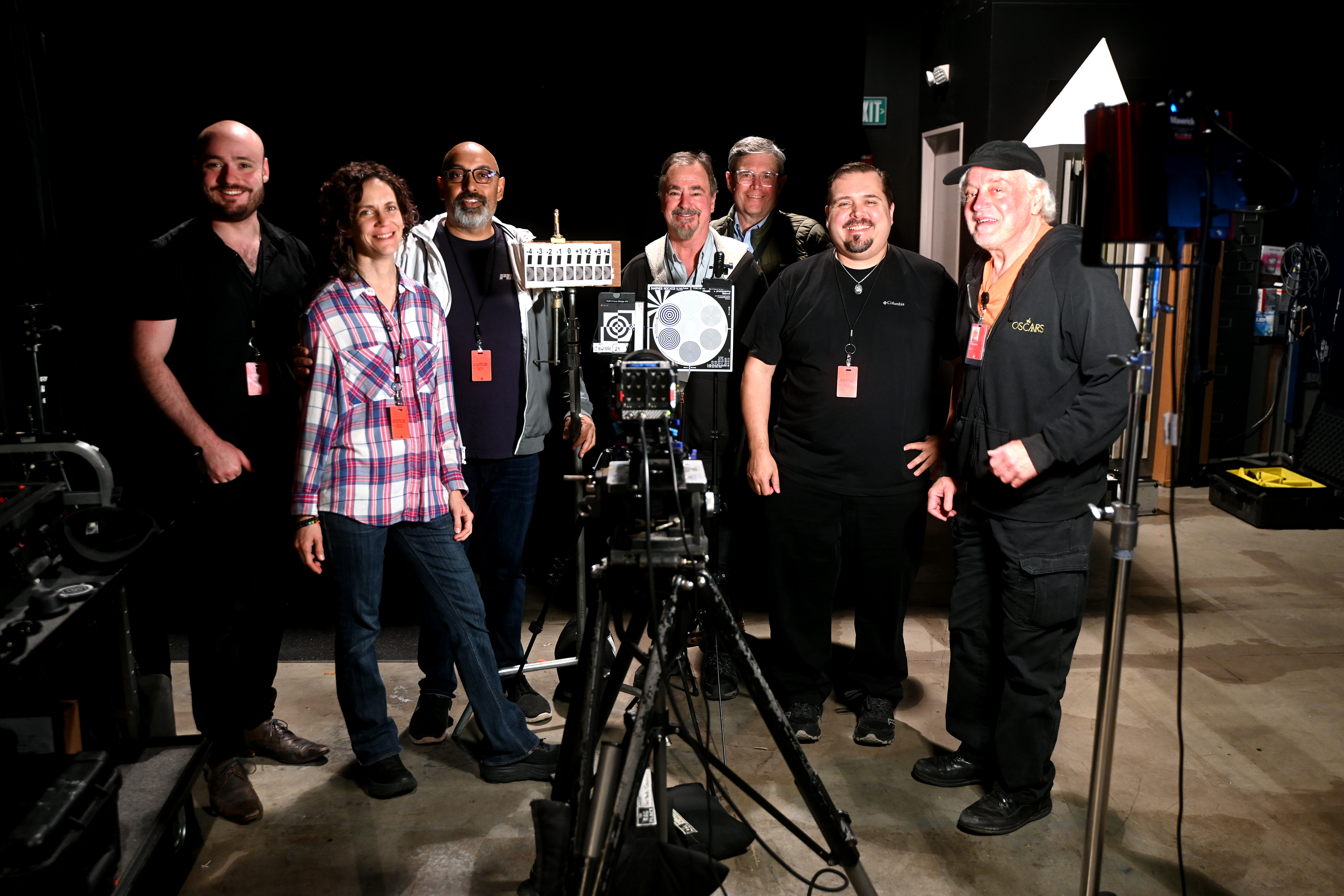SMPTE Committee Conducts `Circle of Confusion’ Test
Members of its Rapid Industry Solutions, On-Set Virtual Production (RIS-OSVP) initiative recently orchestrated a camera and lens measurement study

WHITE PLAINS, N.Y.—SMPTE and members of its Rapid Industry Solutions, On-Set Virtual Production (RIS-OSVP) initiative recently orchestrated a camera and lens measurement study to test and validate the optical model for accurately determining the circle of confusion and the near and far focus planes.
The circle of confusion is the blur circle formed when a point source of light (like a star or a distant point) is out of focus. Instead of a sharp point, it appears as a small circle on the image plane. Filmmakers can manipulate this phenomenon to create stunning visuals. Understanding and accurately modeling the circle of confusion can help those in postproduction to create visual effects that match the visual quality and tone of live-action footage, SMPTE reported.
"After months of planning, the Camera/Lens Metadata committee under RIS-OSVP conducted a Circle of Confusion test with the assistance of the Academy of Motion Arts and Sciences," said Snehal Patel, director/producer and committee leader for the Camera and Lens Metadata committee. "Our belief is that modern digital cinema cameras are not accurately representing the usable depth of field achieved with various lenses. The calculations for depth-of-field have traditionally assumed a certain value for Circle of Confusion, which was based on experience with film technology. A more modern approach has to be achieved."
Spearheaded by Patel and Jim Helman, co-leads of the Camera and Lens Metadata committee — one of three Interoperability Groups within RIS-OSVP — this study was done with both monochrome and color cameras with the goal of finding the correct levels of focus or blur for computer-generated images. The committee will use the results to propose improved ways of encoding and using this information for virtual production and visual effects.
"Our camera tests examined multiple camera types from two different manufacturers," said Patel. "We also examined multiple versions of a camera with and without demosaicing and with and without glass filtration in front of the sensor. The cameras were mated with a set of prime lenses and measured in the center of the frame using a calibrated depth-of-field test chart. The results of the tests are currently being evaluated and the committee will publish them when the analysis is complete."
The committee is also looking at how this test will integrate into virtual twins of cinema lenses and cameras in computer-generated and ICVFX-specific workflows.
Get the TV Tech Newsletter
The professional video industry's #1 source for news, trends and product and tech information. Sign up below.
Further information about RIS-OSVP can be found at The On-Set Virtual Production Initiative (smpte.org).
George Winslow is the senior content producer for TV Tech. He has written about the television, media and technology industries for nearly 30 years for such publications as Broadcasting & Cable, Multichannel News and TV Tech. Over the years, he has edited a number of magazines, including Multichannel News International and World Screen, and moderated panels at such major industry events as NAB and MIP TV. He has published two books and dozens of encyclopedia articles on such subjects as the media, New York City history and economics.

